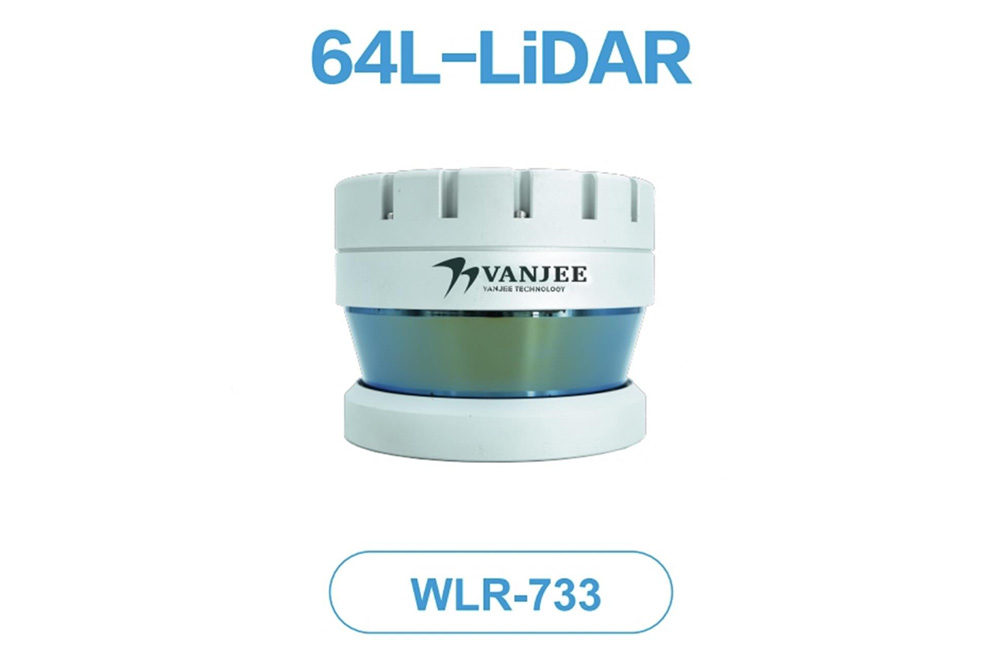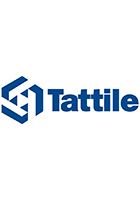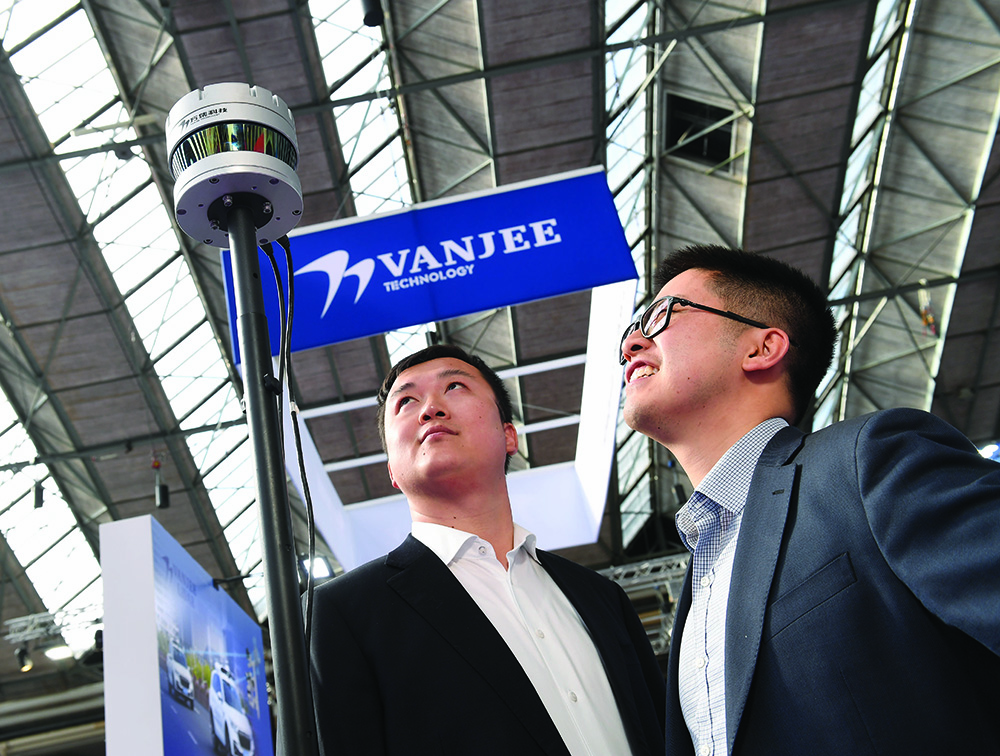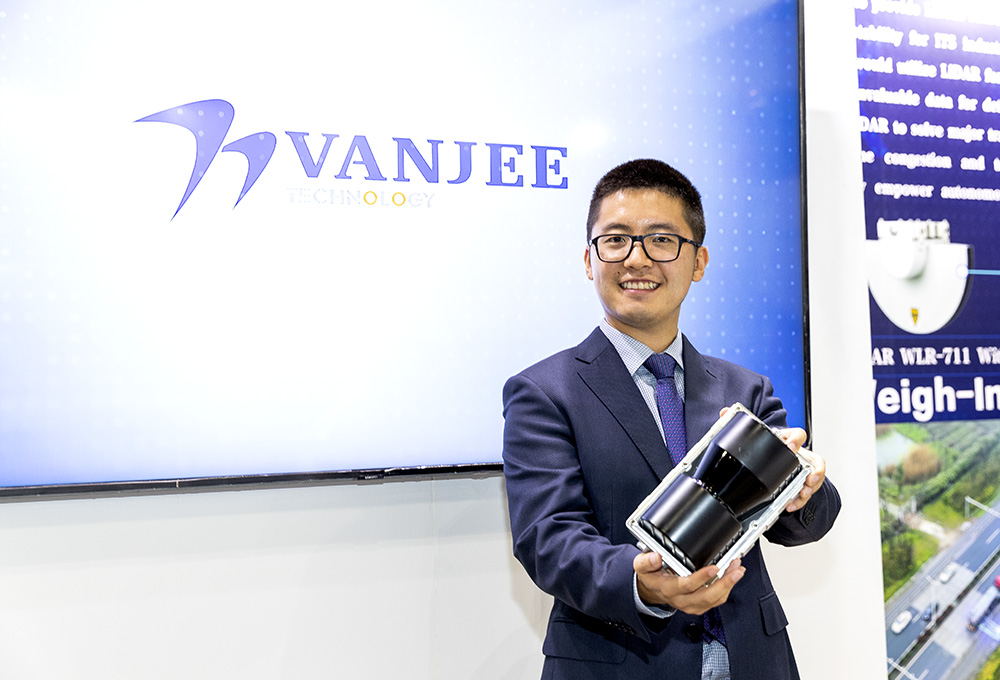
The device is a mechanical lidar with 64-Layers that has strong detection capabilities including 360° Horizontal field of view, 200-metre long-distance range (10% reflexibility), and ± 3 cm ranging accuracy. This means the lidar outputs high-density point cloud data and realises real-time scanning in various ITS systems including multi-lane-free-flow (MLFF), weigh-in-motion (WIM) and tunnels. VanJee says one WLR-733 lidar unit can cover more than four lanes to collect valuable traffic data including dynamic traffic flow, dimension measurement, vehicle classification, and triggering function. Furthermore, the lidar plays virtual role to create digital twin and do real time simulation to realise precise traffic enforcement.
VanJee will also feature its WLR-711 lidar which is a high-performance mechanical single line lidar. The unit can reach high scanning frequency of 100 Hz, 30 metre-ranging distance (10% reflexibility), ±3cm ranging accuracy, and IP68 protection.
The WLR-711 performs three key functions - vehicle classification for tolling, traffic data collection (vehicle counting, speed and vehicle types), and dimension measurement (length, width, and height). VanJee points out that this lidar has been used in worldwide applications including in Europe, Mexico, Thailand, and Saudi Arabia. Its most well-known application scenario is to do automatic vehicle classification at toll booths for accurate tolling collection.
Stand 01.251






















